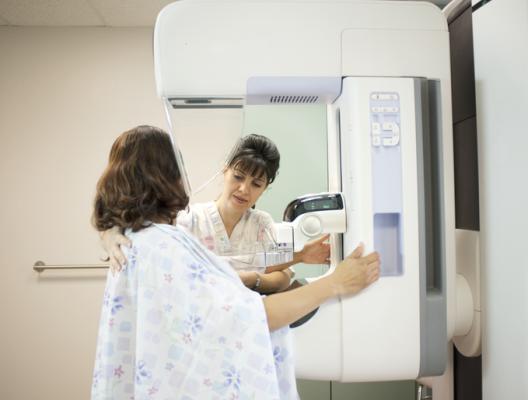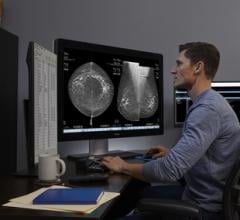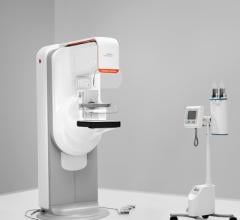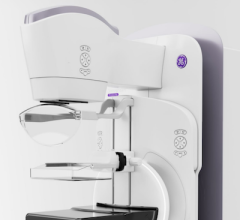
Getty Images
June 10, 2022 — According to a new study, use of breast imaging services — including mammography screening — may remain at only 85.3% of pre-pandemic utilization (March through May 2019). The study, conducted by the American College of Radiology (ACR) National Mammography Database Committee and the Harvey L. Neiman Health Policy Institute, provides the broadest and largest analysis in the United States of the impact of the COVID-19 pandemic on breast cancer screening outcomes - both during the peak of the pandemic (March through May 2020) and in the subsequent rebound year (March through May 2021). The study was published online June 8 in the Journal of the American College of Radiology (JACR).
“These data raise concern that screening mammography will remain under-utilized among asymptomatic women” said senior author Margarita L. Zuley, MD, FACR, professor at University of Pittsburgh Medical Center and chair of the ACR’s National Radiology Data Registry (NRDR) Steering Committee. “Redoubling outreach efforts to patients and ordering providers about the importance of mammography screening and safety measures taken to reduce the spread of COVID may be needed to improve utilization rates.”
The authors also point out that, although diagnostic mammograms, breast biopsies and cancer diagnoses demonstrate significant rebounds — all reaching more than 90% of pre-pandemic utilization during the 2021 COVID recovery period — they have not returned to pre-pandemic levels. “A major concern is that cancer diagnoses dropped by nearly 50% in the peak-pandemic period and have not rebounded completely to the pre-COVID rate,” said study first author Lars J. Grimm, MD, MHS, FSBI, associate professor at Duke University Medical Center and chair of the ACR’s National Mammography Database Committee. “This could lead to a rise in future cancer diagnoses and a larger proportion of later-stage diagnoses with associated worse prognoses.”
The researchers evaluated anonymized data from more than five million mammogram screenings, one million diagnostic mammograms, 200,000 biopsies, and nearly 70,000 cancer diagnoses at 377 distinct facilities participating in the NMD. Compared to pre-pandemic utilization, mammogram screenings, diagnostic mammograms, breast biopsies and cancer diagnosis were down by 63.7%, 42.1%, 52.7% and 51.3% respectively during the peak pandemic period, and rebounded to 85.3%, 97.8%, 91.5%, and 92.0% of pre-COVID levels, respectively.
Patient and facility characteristics were also analyzed as factors associated with higher or lower utilization. During the peak-COVID and COVID recovery periods, several breast cancer screening metrics showed evidence that the pandemic had disparate effects on older women and Asian women. During the COVID recovery period, women aged 80 years and above had screening volumes of only 76.1% of pre-COVID levels. During peak COVID, Asian women had the largest drop in screening mammograms, diagnostic mammograms and cancer diagnosis as well as the smallest rebound in mammogram screenings and cancer diagnoses during COVID recovery. “These results suggest that special outreach efforts towards the Asian community and older women is important as they are at risk for worse breast cancer outcomes as a result of COVID-19,” said Zuley.
According to Zuley, “The study results indicate that overall screening practices may take much longer to normalize than previously hypothesized and that models will need to be adjusted for the persistent decline.”
For more information: www.neimanhpi.org
Related COVID Content:
COVID-19 Fallout May Lead to More Cancer Deaths
Kawasaki-like Inflammatory Disease Affects Children With COVID-19
FDA Adds Myocarditis Warning to COVID mRNA Vaccine Clinician Fact Sheets
CMS Now Requires COVID-19 Vaccinations for Healthcare Workers by January 4
Cardiac MRI of Myocarditis After COVID-19 Vaccination in Adolescents
Small Number of Patients Have Myocarditis-like Illness After COVID-19 Vaccination
Overview of Myocarditis Cases Caused by the COVID-19 Vaccine
Case Study Describes One of the First U.S. Cases of MIS-C
NIH-funded Project Wants to Identify Children at Risk for MIS-C From COVID-19


 December 17, 2025
December 17, 2025 









